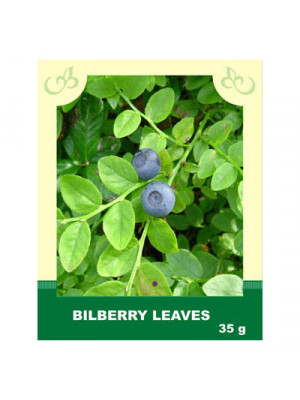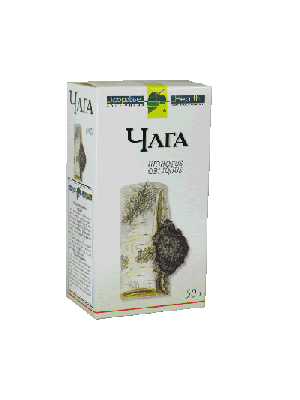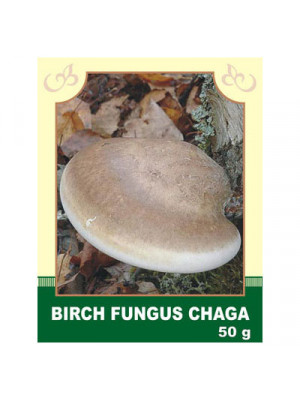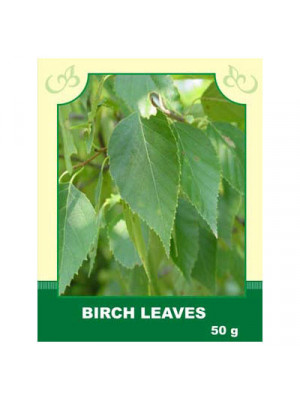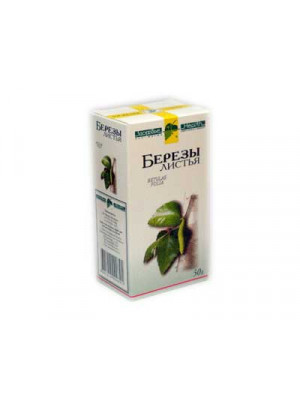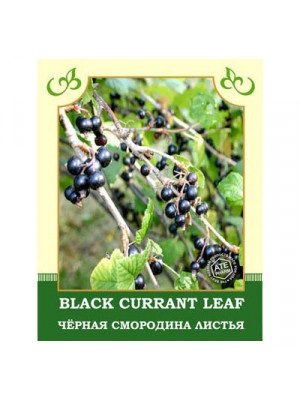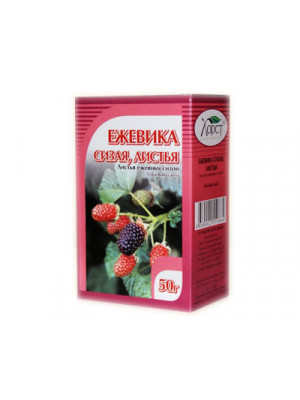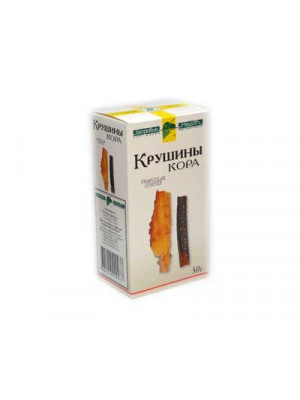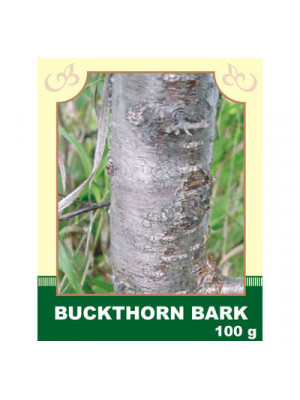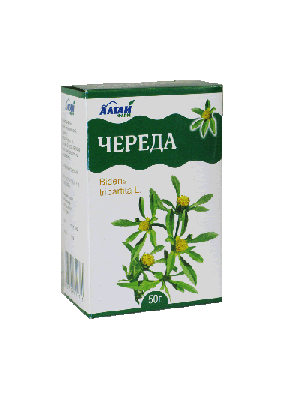Herbs
Internal use: Infusion of leaves lowers blood sugar levels and promotes the dissolution of kidney stones in diabetes.
Method of application and dosage: 2 tablespoons of raw material are poured with 400 ml of boiling water, infused for 2 hours, and taken in 1/2 cup 4 times a day before meals.
External use: Used as an enema for hemorrhoids. 60 g of raw material is poured with 1 liter of boiling water, boiled in a water bath for 30 minutes, infused at room temperature for 10 minutes, and strained.
Contraindications: Individual intolerance, overdose, and prolonged use.
$6.99- For centuries, Chaga has been revered for its life enhancing properties. According to thousands of years of testing in Traditional Chinese Medicine, medicinal mushrooms including Chaga, can preserve youth and increase longevity, improve health, and boost life energy. Chaga contains zinc, copper, magnesium, calcium, potassium, aluminum, iron, silicon, manganese and other substances. The properties of Chaga are spasmolytic, diuretic, analgetic, antimicrobial, restorative, laxative and antitumoral. Chaga mushroom is also well known for its huge load of immune stimulating phytochemicals. The Chaga fungus has some of the highest amounts of anti-oxidants of any substance consumed by man.$6.99
Internal use: Chaga enhances the body's defensive reactions, activates metabolism in brain tissues, reduces arterial and venous pressure, has anti-inflammatory effects not only when taken internally but also when applied externally. It also lowers blood sugar levels. Chaga is used as a general strengthening and anti-inflammatory agent for gastrointestinal diseases. It is also used as a symptomatic remedy for various oncological diseases, in otolaryngology, and in the treatment of psoriasis, eczema, and other skin conditions.
Method of application and dosage: Soak the mushroom in boiling water so that it covers the mushroom completely and let it steep for 4-5 hours. Crush the soaked mushroom and pour it with preheated water to 50 degrees Celsius at a ratio of 1:5, using the water left from the initial soaking. After 48 hours of infusion, strain the liquid, squeeze out the sediment, and dilute the obtained infusion with water to the original volume. Store the infusion in the refrigerator for 3-4 days. Take 1 glass three times a day in small portions and sips 30 minutes before meals (adult dose). The course of treatment is 4-5 months with breaks of 7-10 days.
Contraindications: Individual intolerance. Intravenous administration of glucose and penicillin-3 (a fungus antagonist) is prohibited during Chaga treatment.
$6.99
Description. People have been using birch for therapy and healing since ancient times. Almost all parts of this tree have special properties valuable for health. Birch leaves act as anesthetic, anti-inflammatory, wound healing and antimicrobial. They help cope with pathogenic bacteria and fungi; improve blood circulation, and reduce thrombus from the smallest blood vessels.Birch leaves contain many of bioactive substances acids, flavonoids, rutin, tannins, vitamins C, E, PP and carotin. They help lower blood pressure. Use. Nowadays birch leaves preparations are used in cases of avitaminosis, edema, urinary bladder inflammation, atherosclerosis, kidney disorders and as cholagogic and expectorant. Leaves decoction is tonic and restorative and is useful for wet eczemas and climacteric neurosis. Birch leaves are used for flushing kidney and bladder stones, and for urinary infections. Preparations made of them are good for bronchitis, gastritis, stomach ulcers, edema and gout. Birch leaves are also valuable for various skin problems and help in coping with pathogenic microbes, fungi and inflammations. Finally they are known also to stimulate hair growth.
Attention! Before using any herbal products, make sure that you have full knowledge of how the herb works and any adverse reaction it may cause.$6.99Internally, infusion and decoction from birch leaves are used as a diuretic, for disorders of the nervous system, jaundice, as an anti-inflammatory and vitamin remedy, for atherosclerosis, and rheumatism.
Method of application and dosage: Decoction: 2 tablespoons of birch leaves are brewed in 500 ml of boiling water, boiled for 15-20 minutes, strained, and taken throughout the day. Infusion: a tablespoon of birch leaves per 250 ml of boiling water, infused for 3-4 hours, strained, taken 1/2 cup twice a day.
Externally, for joint diseases, compresses from fresh leaves applied to the area of affected joints or baths from a decoction of leaves are used.
Contraindications: Individual intolerance.
$6.99Internally: Tinctures strengthen the immune system, improve mood; used for chronic cough, frequent colds, gout, arthritis. The tincture reduces tissue swelling, lowers blood pressure. Infusions are absorbed more slowly, but their effect is longer. They will help restore strength after a prolonged illness, protect the body during flu and viral infections, improve memory.
Method of application and dosage: For the infusion, 2 tablespoons are poured with 1 glass of boiling water and infused for 10-15 minutes. Strain and drink with honey. For the decoction, 100 g is poured with 2 liters of boiling water and placed in a water bath for 10-15 minutes. Infuse for 10 hours. For a cough, drink 100 g until the illness subsides. The decoction will better help cope with fatigue and overwork.
Contraindications: Individual intolerance, avoid with stomach ulcers, gastritis with high acidity; use in limited quantities during pregnancy and lactation.
$6.99Blackberry Leaf in Medicine
Blackberry leaf, derived from the popular blackberry plant, has been used for centuries in natural medicine for its numerous health benefits. From treating diarrhea and inflammation to boosting the immune system, blackberry leaf has gained recognition for its medicinal properties.
Anti-Inflammatory Properties
Blackberry leaf is known for its anti-inflammatory properties, making it a popular remedy for treating inflammation in the body. Whether it's joint pain, sore muscles, or digestive issues, blackberry leaf can help alleviate the discomfort associated with inflammation.
Diarrhea Relief
One of the most well-known uses of blackberry leaf is its ability to treat diarrhea. The astringent properties of blackberry leaf can help to reduce the frequency and severity of diarrhea, providing much-needed relief to those suffering from this common ailment.
Immune Boosting
The high content of antioxidants in blackberry leaf makes it a powerful immune-boosting herb. Regular consumption of blackberry leaf tea or supplements can help strengthen the immune system, making the body more resilient to infections and illnesses.
How to Use Blackberry Leaf
Blackberry leaf can be used in a variety of ways, including brewing a soothing tea, creating a tincture, or using it in a topical application for skin conditions. For those interested in reaping the benefits of blackberry leaf, it's important to consult with a healthcare professional to ensure safe and appropriate usage.
Conclusion
Blackberry leaf is a versatile and powerful herb that has been used in traditional medicine for generations. With its anti-inflammatory, diarrhea-relieving, and immune-boosting properties, blackberry leaf is a valuable addition to any natural medicine cabinet.
$7.99- Buckthorn bark has been used medicinally since at least the 1600s, when it was listed in a primary medical reference called the London Pharmacopeia. Although most herbs have had a wide variety of traditional uses, later refined to a single or a few proven benefits, buckthorn bark throughout its history has been consistently used to relieve one ailment: constipation and its by-products (hemorrhoids and anal irritation). Buckthorn bark contains compounds called anthraquinones, which have a strong purgative, laxative effect on the body. Because these compounds are powerful, before being processed into laxative products the bark is aged for a year, or heated and dried. Buckthorn bark has laxative and cathartic properties.$6.99
Internally, it is used for habitual constipation, spastic colitis, hemorrhoids, and anal fissures, especially during pregnancy.
Method of application and dosage: Pour 2 tablespoons of raw material into 200 ml of boiling water, heat on a water bath for 30 minutes, infuse for 10 minutes at room temperature, strain, squeezing the vegetable raw material. Bring the resulting infusion to the original volume. Take 1/2 cup orally at night.
Externally, a strong decoction of the cherry bark is used in the treatment of scabies, especially in children.
Contraindications: individual intolerance, in case of severe kidney dysfunction, and inflammatory processes in the intestines. Prolonged use may lead to habituation.
$6.99Internal use: Enhances appetite, strengthens and improves digestion, corrects metabolism in skin diseases, increases urine and sweat secretion, stops bleeding, has a calming effect on the nervous system, slightly reduces blood pressure, increases the amplitude of heart contractions, and has a mild softening and anti-inflammatory effect. Used to stimulate appetite, improve digestion, and for colds, coughs, liver and spleen diseases, gout, arthritis, and rickets.
Method of application and dosage: Pour 15 g of the herb with 400 ml of boiling water, infuse for 30 minutes, and drink 1/2 glass 3-4 times a day before meals.
External use: Applied in the form of baths, lotions, and compresses. It promotes drying of the affected area of the body and rapid epithelization of the skin. The infusion is useful for washing the head affected by seborrhea. For baths, pour 30 g of the herb with 1 liter of boiling water, strain, and add to the bath. For lotions and compresses, boil 3 tablespoons of the herb in 400 ml of water for 10 minutes, strain, and use as directed.
Contraindications: Individual intolerance.
$6.99


